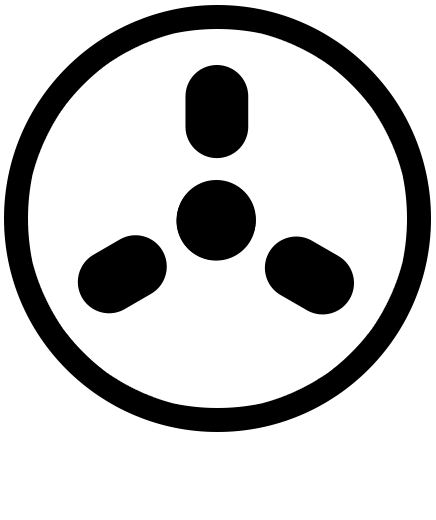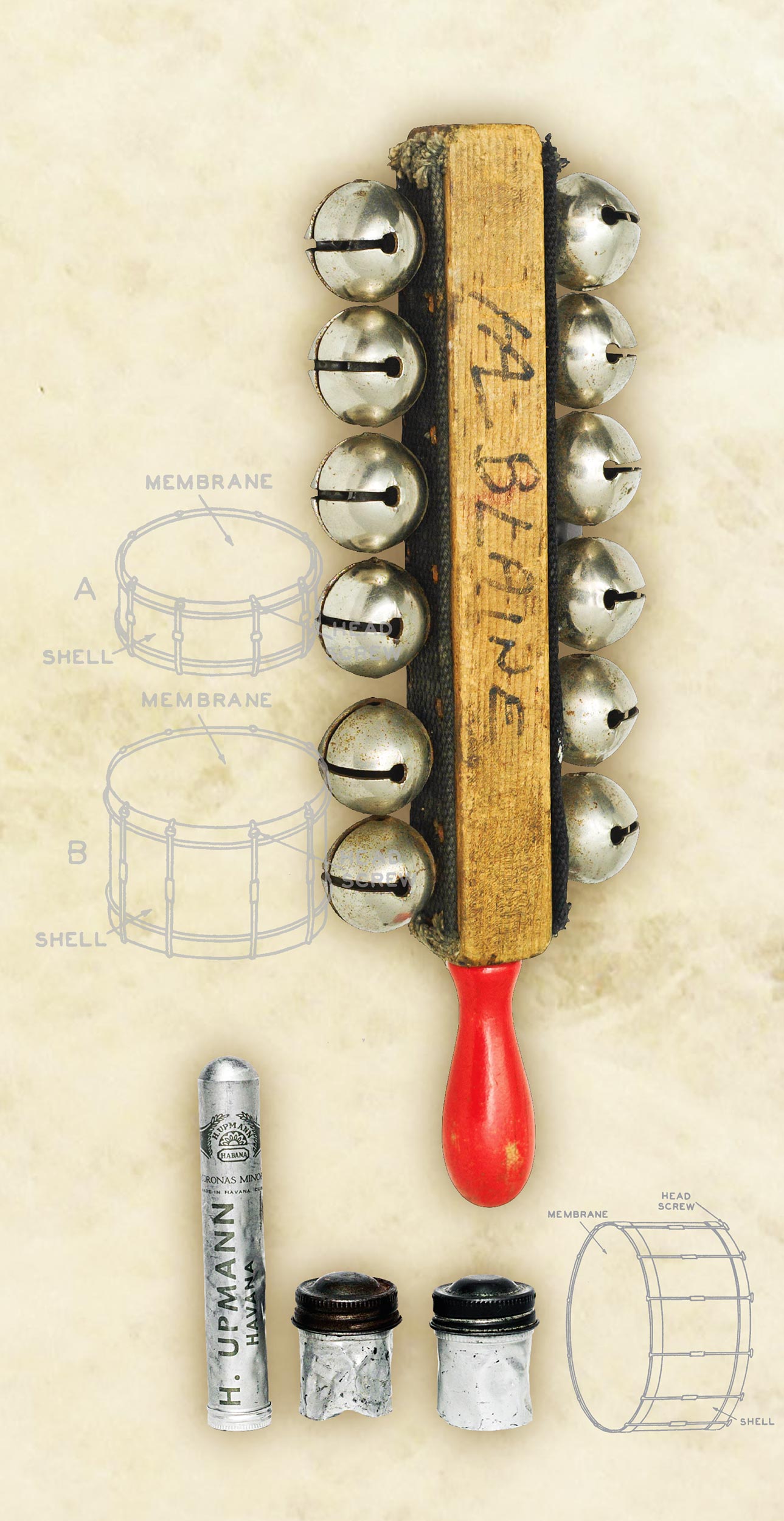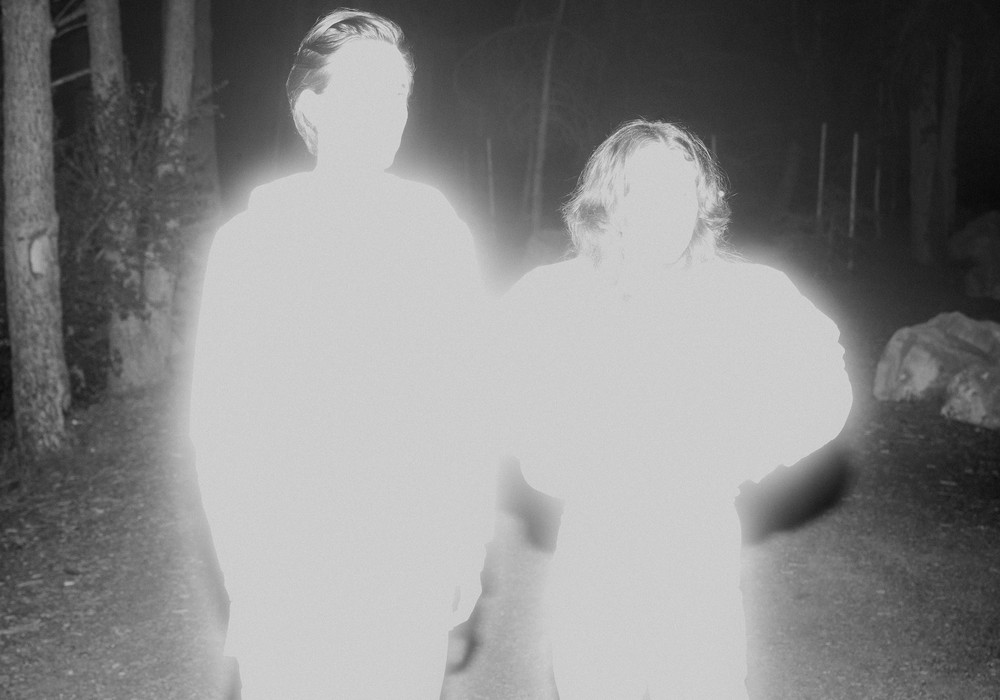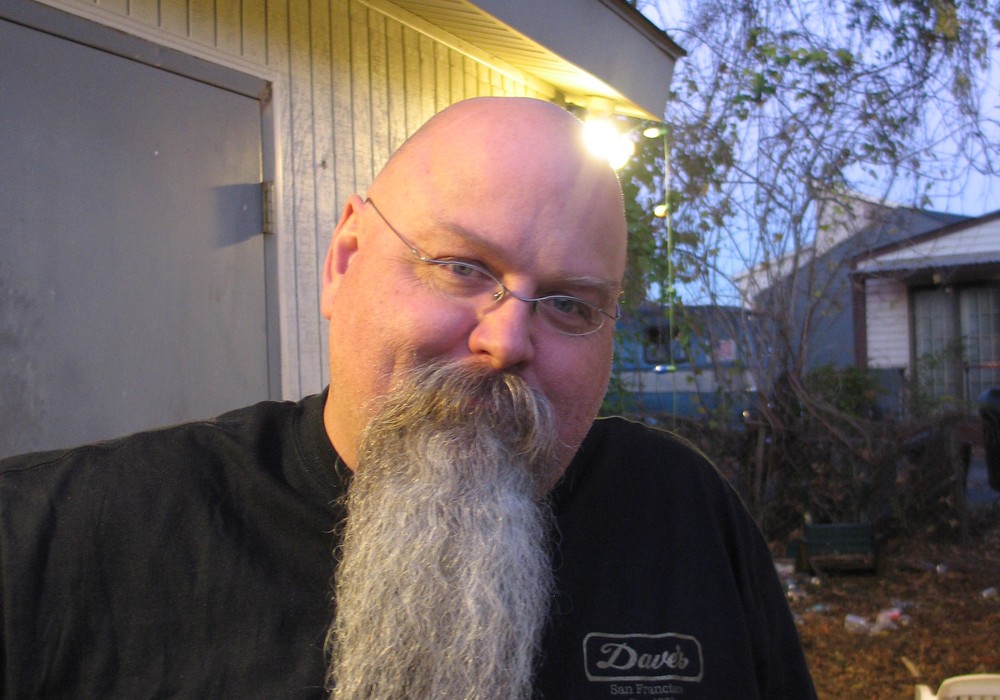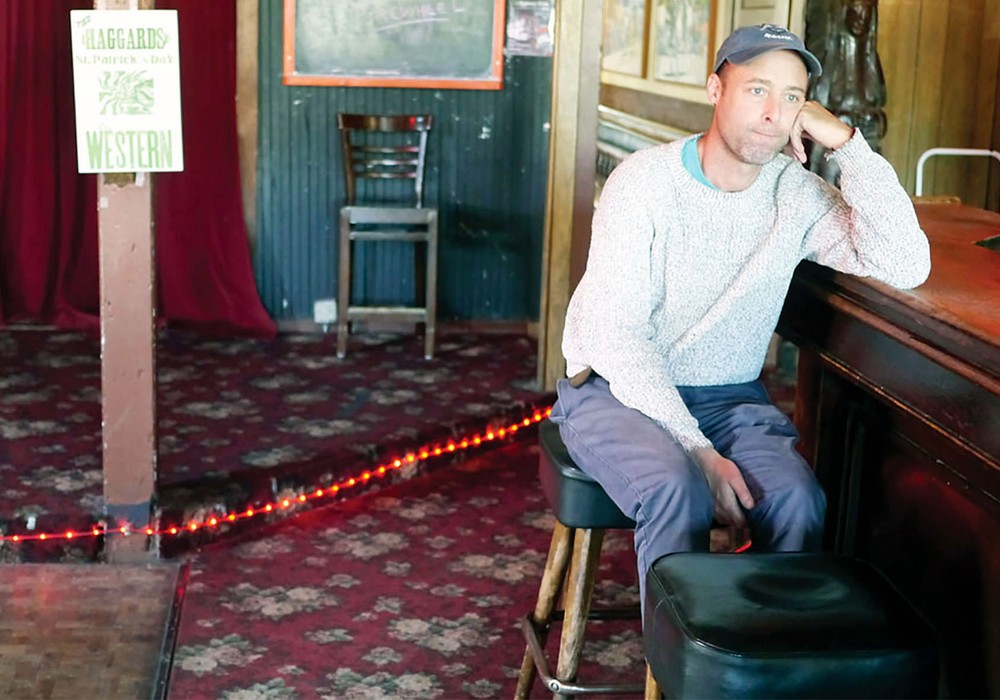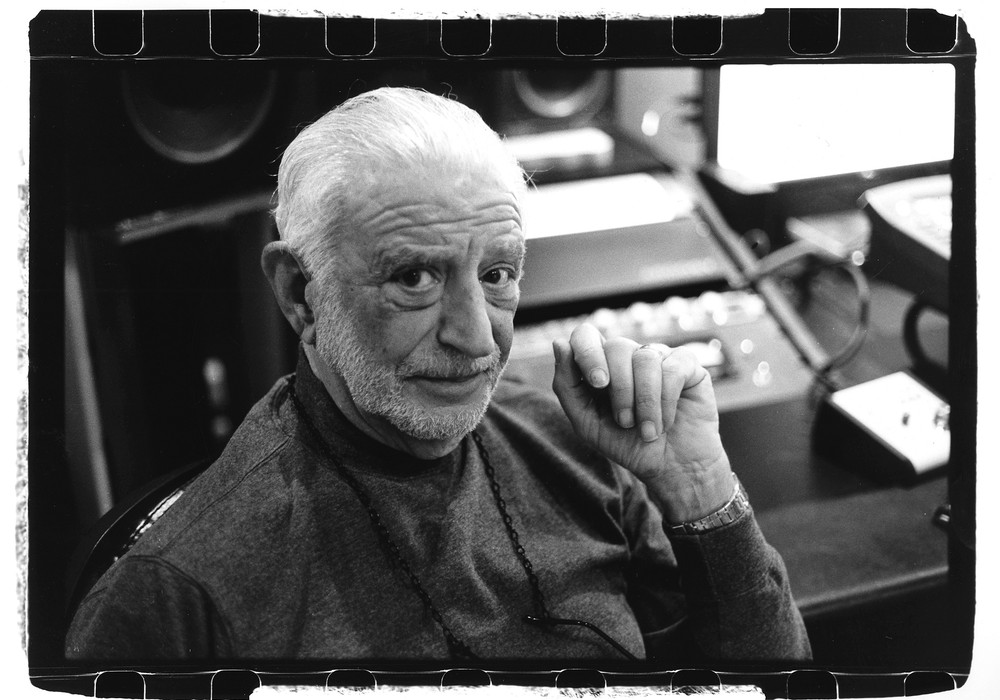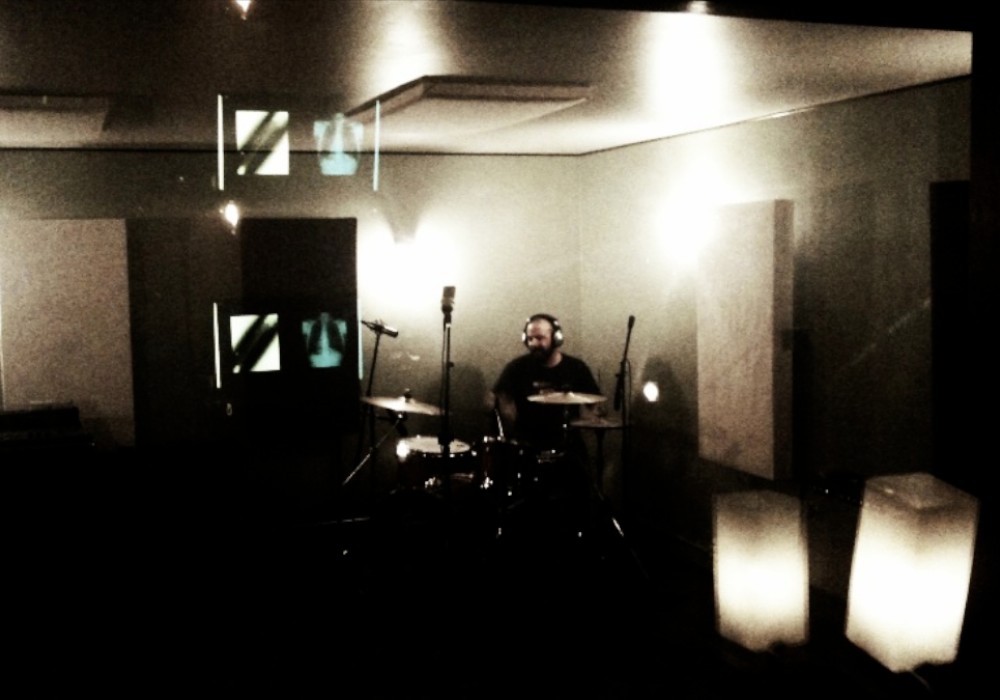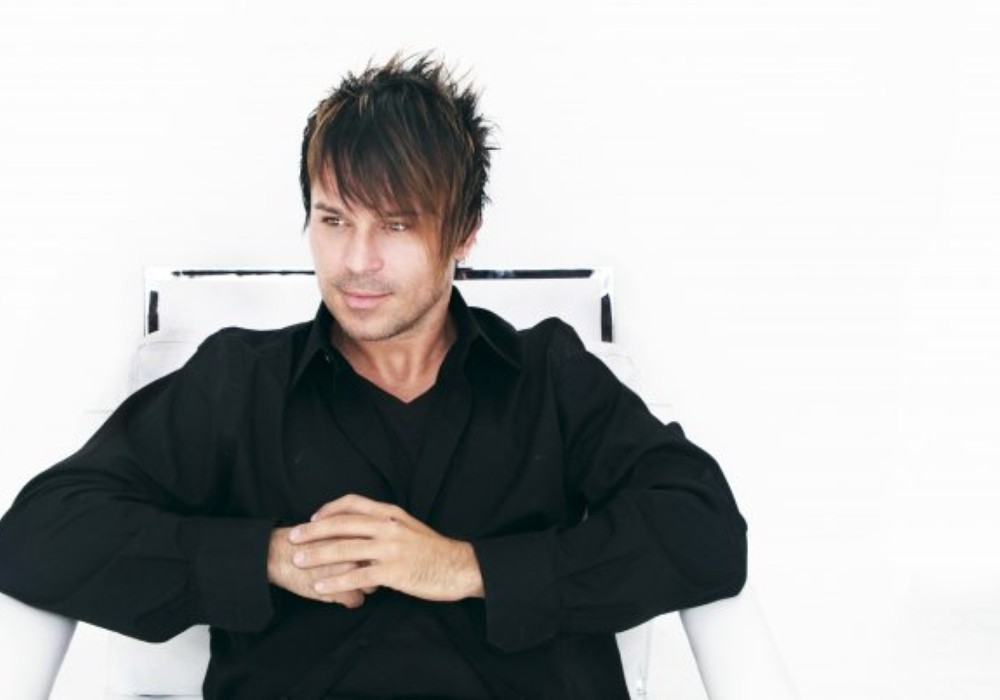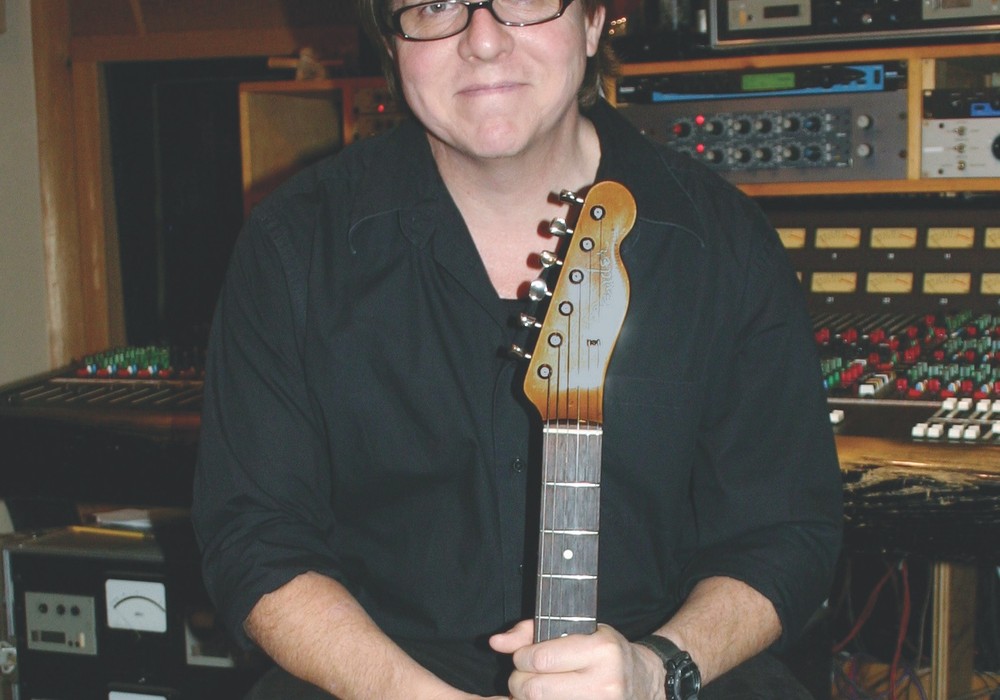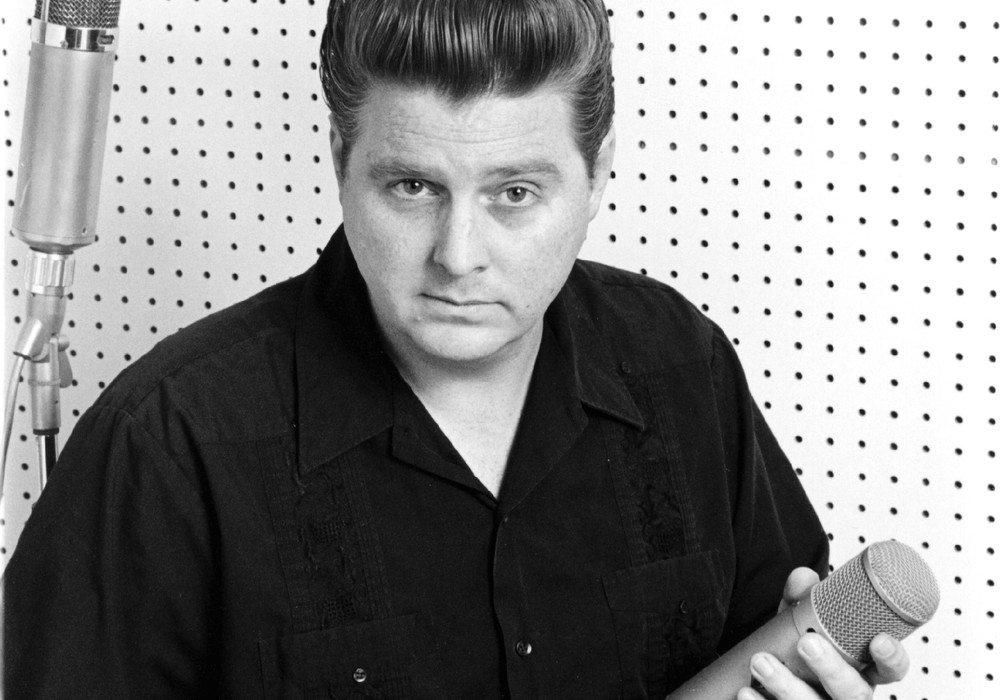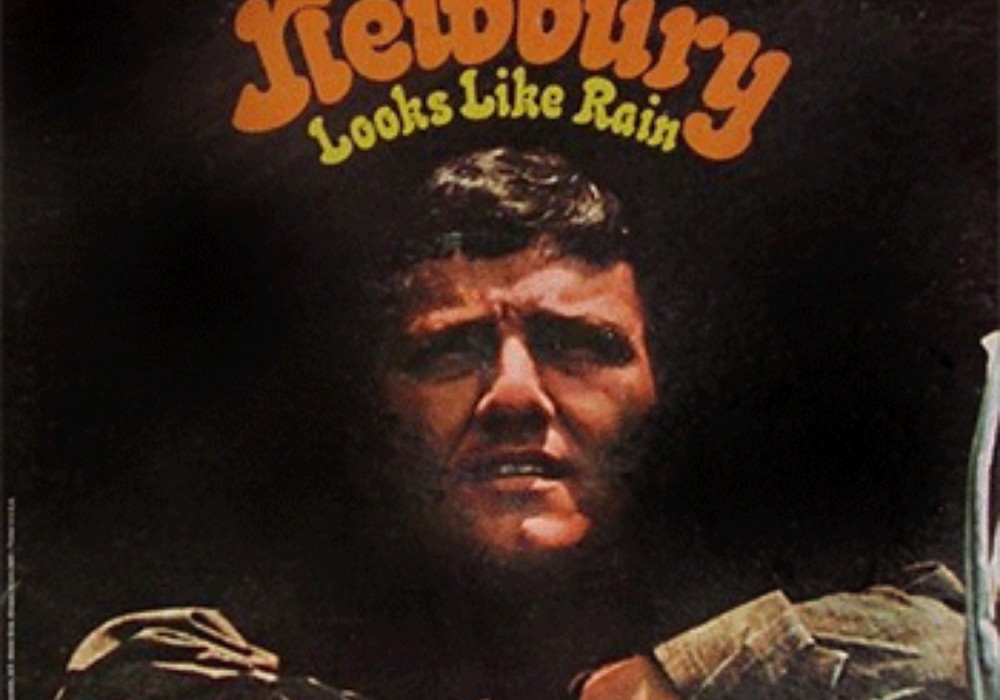Hailing from Edmonton, Canadian electronic pop duo Purity Ring made a splash with their debut album Shrines. The release was a document of Corin Roddick and singer Megan James’ long distance collaboration, as well as Corin’s electronic music experimentation and exploration. Made entirely at home, the band’s third (and most recent) release, WOMB, debuted at number one on the electronic music charts. I sat down with Corin to discuss the making of both Shrines and WOMB, as well as his experiences with long-distance recording and happy accidents.
What was your first experience recording? Were you in bands in high school?
I first got interested in recording around the age of 12 or 13. I had some janky software on my terrible computer. I started trying to do remixes of whatever music I was listening to at the time. That didn’t work out very well; I was so limited with what I was working with. From there, I wanted to check out some microphones and how to use a proper DAW. I played in a lot of bands and was making music through junior high and high school. A lot of my friends knew me as the guy who had some recording gear in his basement, so I ended up being the person who was recording all the demos and various things for people I knew in my school and around the city. I kept going with that, and after I graduated high school I started working at a local studio as an engineer, even though I didn’t have any formal training. I was still trying to figure it out as I went.
Were you recording whatever came through the door?
Whatever was available. A lot of it was word-of-mouth from friends of mine who were in bands. This was in Edmonton, Alberta. There’s a decent local music scene, but it’s quite isolated as a city. It’s not like people are going to travel there to work at a studio. It was slim pickings, in a way. I would record anything that was willing to pay the bills. I ended up working on a lot that I wasn’t exactly excited about. But, from time to time, I would get to work on some music made by my friends that I would be more excited about.
Was Purity Ring’s first album, Shrines, your first attempt at making an electronic-focused record?
Well, yeah. I had a background already in recording, but it was almost entirely based around recording acoustic drums, guitars, pianos, and that kind of thing. I had always been interested in electronic music. I’d admired sounds that I’d heard in records and didn’t know how they were made. But once I got my hands on a copy of Ableton [Live], I started dabbling with that. I was on tour with my friend’s band at the time, when I was 18 or 19, and I had a lot of time to myself on the road. As we were driving from city to city, I was trying to learn the ins and outs of Ableton; messing around with making some beats. I knew a little bit about how to use EQ, reverb, and compression, which made it so that tracks started to sound passable more quickly than if I had no prior experience with working with audio. I started to get into electronic production and scratch the surface of it. Some of those first tracks I made ended up on the Shrines record.
What were you listening to at that time?
I loved Björk. Her album Vespertine has a lot of glitchy, textured synth mixed with more organic harp and piano. That’s a record that I listened to all the time when I was in high school. I was listening to a lot of Radiohead. The Kid A record has a lot of unique electronic sounds. I had never heard anything like that before, so that made me want to get into it. I love a lot of R&B and hip-hop, and all of that was made on [Akai] MPCs and samplers, so that general workflow of chopping sounds up and programming drums appealed to me.
Were you creating your own samples? What was your approach to making Shrines?
It was honestly a lot of experimenting with not much of a plan. I was using manipulated vocals as samples to create the backbone and texture of tracks. That was the first breakthrough I had, that I could take little snippets of vocals and chop them up and turn those into pieces that stitched the beat together. The other component of it – and it took some messing around to get there – was realizing that it worked well with more hip-hop sounding beats, like the [Roland TR-]808 snares and hi-hats and such. At that time, I hadn’t heard that type of drum production used outside the genre of hip-hop at all. I stumbled upon combining those by accident, and I realized, “Oh, this works out okay.” I kept on going with that. Then it was blending in a lot of synth sounds that had always appealed to me, like the classic sound of Moog bass lines, ‘80s-sounding [synth] stabs, and plucky sounds.
What do you find to be the advantages for you in working in Live versus a traditional DAW?
I came from working in [Steinberg] Cubase before that. That’s what I would use when I was recording bands and the music that I used to make. It was definitely a bit of a learning curve changing over to Ableton. But once I started getting used to it, it was like every little thing that used to take me five or ten steps in Cubase I could accomplish with one or two steps in Ableton. It is very intuitively laid out, especially when it comes to electronic programming. I would say the downside of it though is that it’s not good at all for doing recorded takes. Especially if it’s multitrack; no chance at all. Even trying to do ten takes of a vocal and then comp it to the best parts is an incredible pain in Ableton. It’s not built up for that. Lately I’ve been using [PreSonus] Studio One for comping the vocals. It has a nice comping feature. If Ableton had comping, it’d be the chef’s kiss of DAWs for sure.
What do you hear when you go back and listen to Shrines now?
That’s a good question. I hear a lot of experimentation, and what sounds like someone figuring things out as they go along, which I think is what makes that record have a lot of charm. I could never make a record like that again, no matter how hard I tried, due to having a quite limited knowledge of what I was trying to achieve while I was doing it. I was relying heavily on a few different effects that were giving me results that I liked quickly, like sidechain compression. A lot of distorted reverb, using the stock Ableton reverb on a low-quality setting, because I didn’t know better I guess. In hindsight, that’s kind of what gives it its charm as well. All the reverb has this lo-fi distorted quality to it that sounded good at the time, but I would never do anything like that now.
It puts you in an interesting place as you move forward from that record, with it being so successful.
Yeah, there is an odd thing there. When you are figuring out who you are as an artist, there are all these experimental results that happen from trying something out for the first time. That can never happen again. That’s the crazy thing about it. When you’re making that album, it’s a good feeling because you’re able to express yourself in a way you haven’t before. I do remember that being rewarding when we were making it. But I wasn’t thinking at all about how I was making those sounds from a place of innocence and unknowingness, that I would never be able to recapture again as my knowledge of the medium grew. It’s cool that people appreciate that as it is, but it can be disappointing when people become so fixated on something you did. I hear, “Why can’t you keep doing that again?” No matter how much I try, it would be impossible. I can’t recreate those circumstances.
Do you make all your records at home still?
Yep. This last album, WOMB, we made mostly entirely at home. I have a little production and mixing setup, and a little vocal booth. We engineer and produce and mix it all here. I got the mixes to about 90 percent, and then, since the acoustics in my place aren’t the greatest, I finished the last ten percent of the mixing process at a friend’s studio who has more of a well-treated room to make sure that I wasn’t missing anything. Other than that, everything was done at my home.
Was this record made where you had fully created tracks and then passed those along to have Megan put vocals on, or was it more of a collaborative process?
It’s a combination. Some songs, as you say, I made a full instrumental piece and then Megan comes up with vocals to accompany it. But for other songs, I’ll make a loop and then Megan will come up with something for that part. I’ll see what she did with that and find where the song should go from there. It becomes a back-and-forth; definitely more of a collaborative process. Some of them have been vocals first, and then I’m building the track around that. It’s a big mix.
Are you guys doing this remotely, or are you in the room together?
We both work on our own most of the time. When I’m coming up with ideas to start a track off, I’m almost always working on my own. I’ll send it to Megan, and she’ll come up with ideas as well. Then we’ll get together and be, “Hey, what do you have?” We’ll start to combine them. Songs start out quite remotely, and then, as they start to form into songs, it becomes much more in-the-same-room collaborative process.
Would you ever make another record in a more traditional recording studio? Are there things you miss about a traditional recording studio?
Since I came more from that background of being in a studio, as well as having a live room where acoustic sounds carried and I could use the room as an instrument, and having more gear around to experiment with, I do miss that a bit. It hasn’t disappeared from my process entirely. I do still use a little bit of outboard gear here and there for specific tasks, but it’s possible. I could see down the line, if we wanted to go in that direction, maybe incorporating larger live room-sounding parts. The way we’re doing it right now, it’s definitely not possible to get those sounds.
I could definitely see the value of you creating your own drum sounds in a space and bringing them back into your process for another sonic texture.
Yeah, definitely. That’s something I’ve thought about more. Programming drums is probably my least-favorite part of the entire process. Somehow, it’s always difficult for me to make it sound good. I’ve thought about ways to incorporate more live drums. That’s somewhere that I could see things going, using sounds that are more organic to begin with and building off of those rather than dropping things onto a grid. It can get a little monotonous after a while.
There’s still time! Let’s talk a little bit about some of the tracks on the record.
Yeah, I’d love to.
How about “Pink Lightning”?
That song was one of the last ones we finished for the album. It had a lot of happy accidents, the way it came together. The way it starts out with the low pitched-down vocal, that was never there originally. I accidentally slowed it down. I was trying to do something entirely different, but I ended up manipulating the vocal in the wrong direction and slowing it down to half-speed, which sounded quite strange and ominous on its own. That became the first third of the song. Then, at the end of the song, it changes. It’s the same chorus again but over the top of a different chord progression. That was another happy accident. Somewhere in the Ableton session I had old bits and pieces from when I was first putting the beat together. I accidentally copy-and-pasted a scratch vocal for the chorus over the top of the old graveyard bits. It messed with that old chord progression in a way that I never would have tried to put them together, or what Megan would have never sung over that old progression to begin with. There are a lot of times where you can accidentally put on the wrong thing and then, “Oh, actually that sounds pretty cool. There might be something to that.”
I’ll have to go back and specifically listen to that. How about “I Like the Devil”?
That one was the very first bit of music – that we started working on for the sessions for this album – that ended up making it onto the record. That’s pretty different for us, the way it has more of a four on the floor driving rhythm and then gets sparse with the piano. It was almost more industrial the way that it came together. We thought, “Oh, is the whole album going to sound like this? We don’t know!” Then it ended up being the only one that sounded like that.
Do you track a bunch of songs and then edit it down to what ended up on the record?
We don’t finish a lot of songs that we think won’t make it in the end. Usually when we’re in the middle of working on a song, we’ll both agree that it’s going to go on the album, and then we’ll see that song through to completion. But if a song is in the midst of coming together and we’re feeling a little bit unsure about it, we’ll usually set it aside and work on something that we’re more focused on. We don’t finish 30 songs completely and then choose 10. We end up with a graveyard of half-finished bits and a handful of songs that are complete.
Are those ideas that you end up going back to?
A lot of them become useful. Some of them we revisit at the end. Maybe not the whole song, but maybe a section of a song is promising, so we’ll build a new track out of one part. One of our favorite things to do is to “Frankenstein” things together. If we’re stuck getting a verse or a bridge for one song, we’ll go and look at the graveyard and end up harvesting something from another track that wasn’t working but sounded cool. We’ll try to repurpose it into this other song. Maybe we change the timing and pitch. We do that quite a lot, sometimes “Frankensteining” three or four songs into one song. We can end up with more unexpected results that way. It does become handy for sure, having left over bits.
How about “Femia,” another one of my favorites?
I had just gotten a new analog synthesizer that I messed around with, the Korg Prologue. Almost all of the synth sounds on that track came from that Prologue. It was the first day I had it, and I was messing around trying to figure the ins and outs of it and what tones I could get. It quickly built into that track. It’s one of the more downtempo, relaxing songs on the record; but all the types of synth sounds on that one gave it a warm, textured feel, which I’m pretty happy with.
I’ve probably skipped over your favorite songs on the record!
I like the opening track, “Rubyinsides.” That’s one of the rare ones for us that came together super quickly. Often, we’ll work on a song on and off for upwards of a year, tweaking different parts of it. But that one, the music of all of the elements, the lyrics, and arrangement all came together in maybe two days. It didn’t change much after that. We don’t do that very often, so it felt rewarding. It was one of those where everything feels good when you’re working on it; kind of effortless. The way we put that song together was another accident. When I showed it to Megan, I don’t think she realized where I intended the one to be. So, she started writing all her vocals starting on the second chord in the sequence, which then made me hear the entire song differently, as if the whole song got shifted over one measure. So, that the second chord was the first chord. It changed the entire vibe and made the whole progression feel a bit like it was going backwards, or something less resolved. We kept going with it that way because it sounded more interesting. We got that reversed vocal sound as well, reversing all our vocals and putting it through a reverb and then reversing that so you get the trails of reverb that lead into the vocals. Having that through the entire song with this strange progression that doesn’t start where you would expect it to makes the whole track sound a bit uneasy, like it’s playing backwards. So, yeah; that’s one of my favorites. 